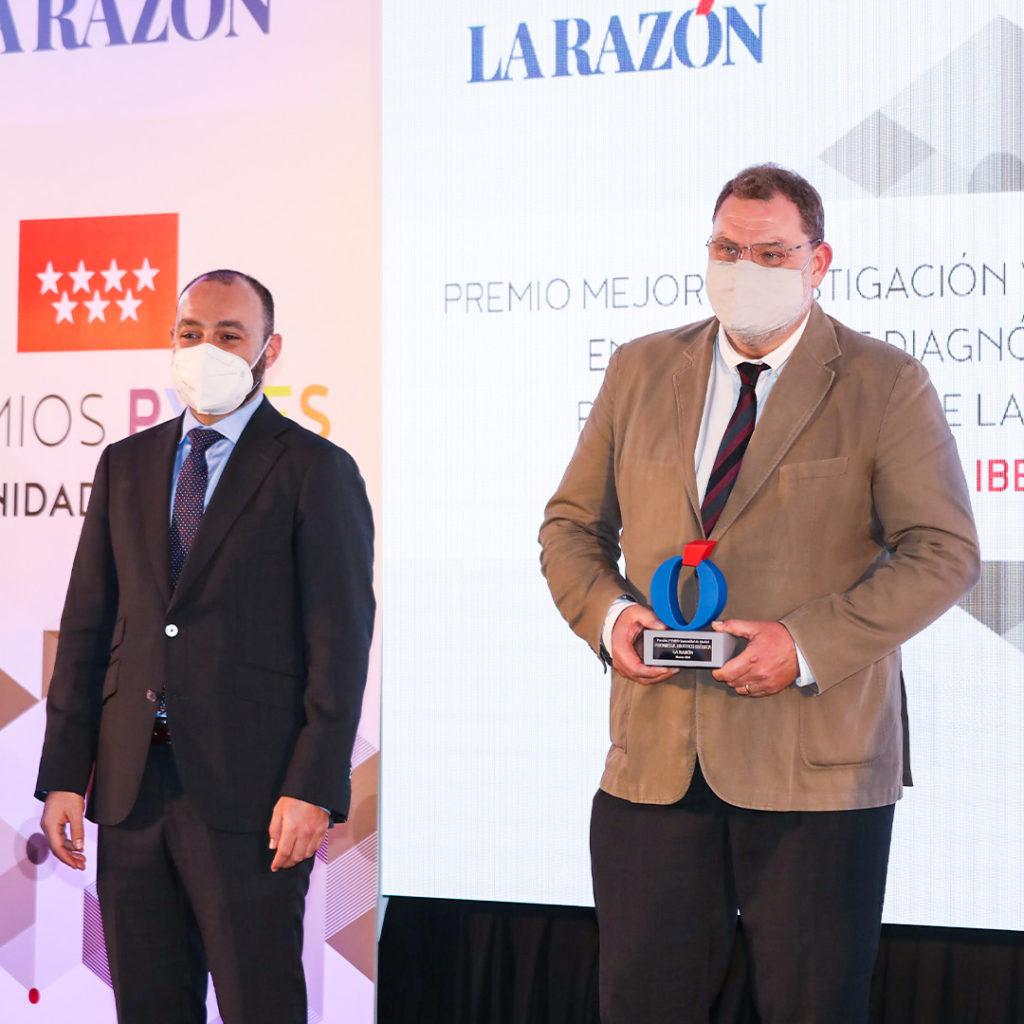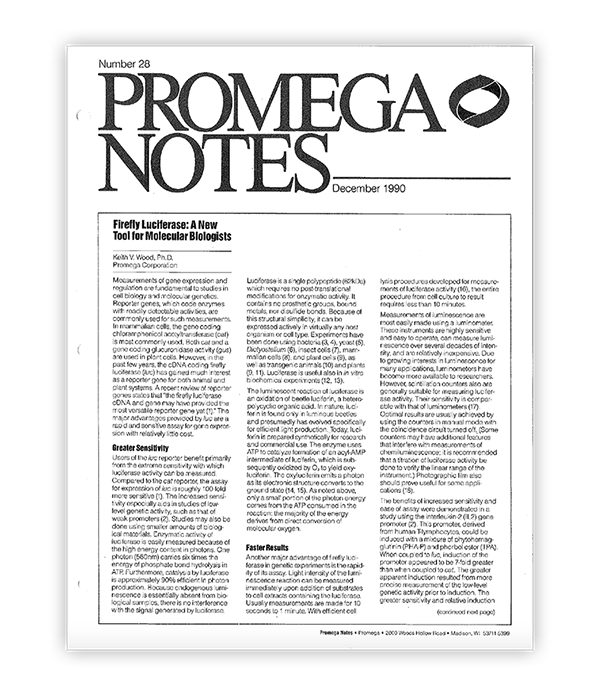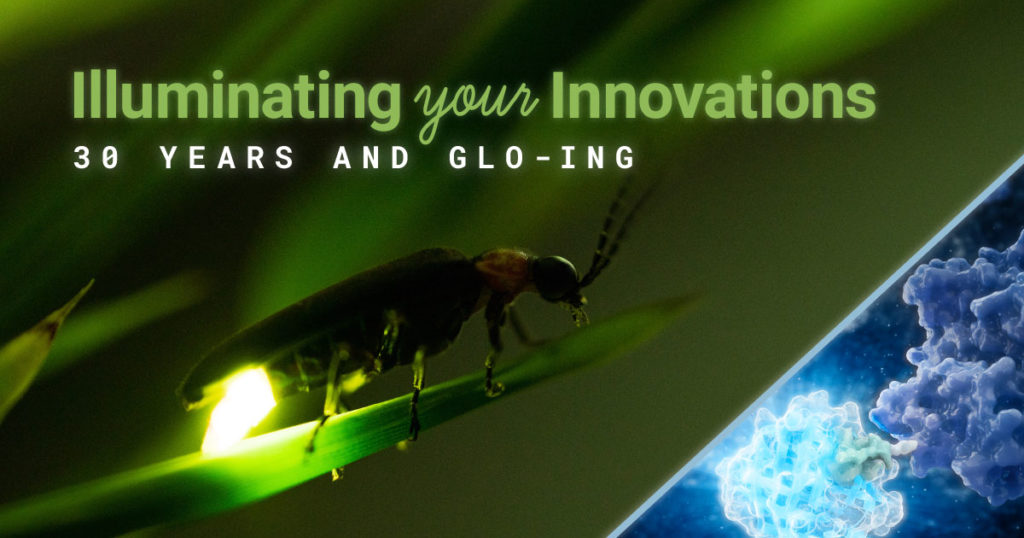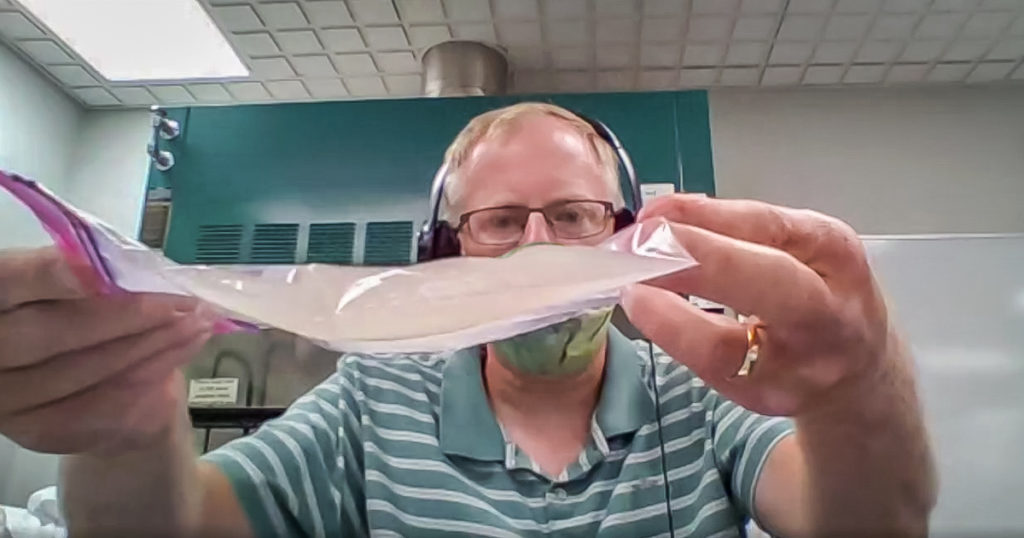Small- and medium-sized companies are critical to the Spanish economy. During 2020 the COVID-19 pandemic made business difficult for many of these companies, yet they have demonstrated strength and resourcefulness and have led the pandemic recovery in Spain in many ways. Recently, Promega Biotech Ibérica was recognized with a Madrid Community SME (small- and medium-sized business) Award along with 15 other companies. The awards were presented by Manuel Giménez, Minister of Economy, Employment and Competitiveness of the Madrid Region, Andres Navarro delegate director of La Razón, and Francisco Marhuenda, director of La Razón. As part of the award, Promega Biotech Ibérica General Manager, Gijs Jochems, was interviewed about the award and Promega’s work in the region.

According to Gijs Jochems, General Manager of Promega Biotech Ibérica, while Promega Corporation is an American multinational company, it remains privately held, which offers a great deal of flexibility to the subsidiaries to adapt to local needs. It also allows the company to place increased emphasis on employee well-being (critical during the pandemic), reinvest profits in research and development, and work to mitigate the impact of company activities on the environment. All these business practices reflect a long-term vision of sustainable business growth.
Continue reading “Promega Biotech Ibérica Earns Recognition for Contributions to the COVID-19 Pandemic Response in Spain”









